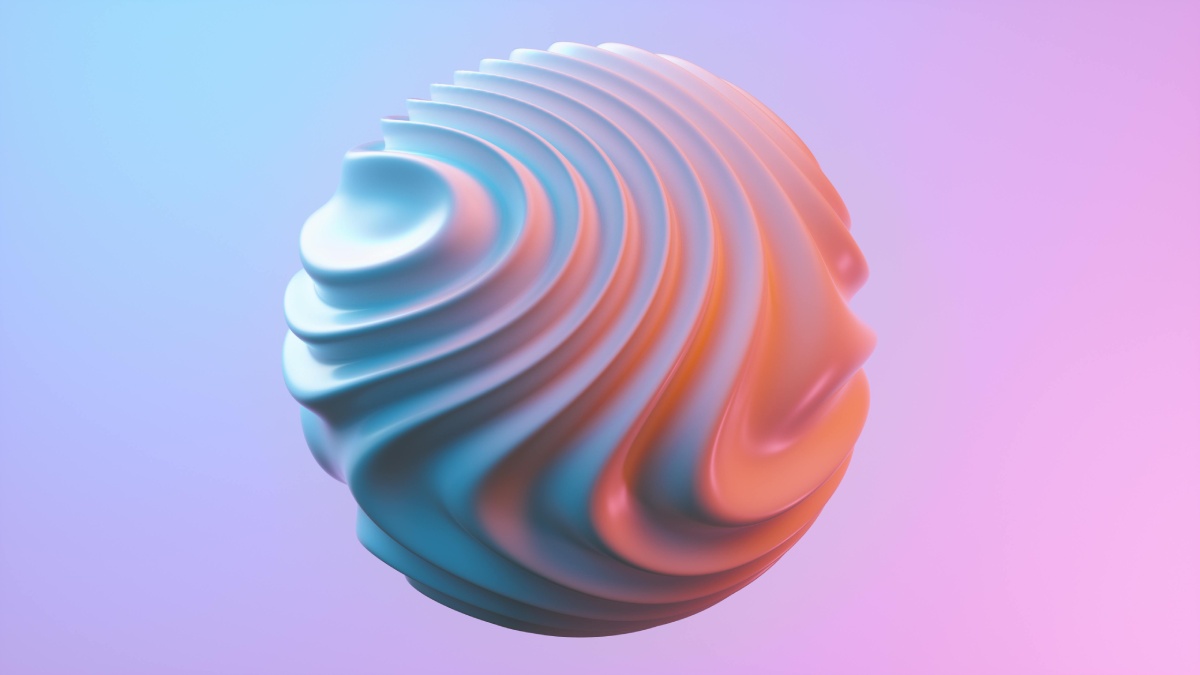
The digital age has ushered in a revolutionary era, transforming the way we perceive and engage with art. Traditional art forms have seamlessly merged with cutting-edge technologies, offering novel ways for individuals to experience and appreciate artistic expressions. This intersection of art and technology has given rise to a diverse range of immersive experiences, virtual platforms, and interactive installations that redefine the boundaries of artistic expression. In this article, we will explore the various ways in which art has been revolutionized in the digital age, providing new avenues for both artists and audiences.
In the digital age, art enthusiasts can immerse themselves in virtual galleries and museums, revolutionizing the way we experience art. These online platforms offer an extensive array of curated collections and exhibitions, providing unparalleled access to artworks from around the globe. From classical masterpieces to contemporary creations, visitors can explore diverse genres and styles with just a few clicks. For instance, a Pablo Picasso virtual art tour offers a captivating journey through the iconic works of the renowned artist, allowing viewers to delve into his revolutionary artistic vision and creative process. With virtual galleries and museums, art appreciation knows no bounds, transcending geographical limitations and welcoming audiences of all backgrounds.
The digital age has paved the way for artists to create interactive installations that blur the lines between the creator and the observer. Interactive art invites viewers to actively engage with the artwork, transforming them from passive spectators into active participants. These installations often incorporate sensors, motion detectors, and other interactive technologies that respond to the audience’s movements, creating a dynamic and personalized experience. From touch-sensitive sculptures to immersive multimedia installations, interactive art invites individuals to become an integral part of the artistic process.
The rise of non-fungible tokens (NFTs) has revolutionized the art market by introducing digital ownership and authenticity. NFTs are unique digital assets that represent ownership or proof of authenticity of a particular artwork. This technology has empowered artists to monetize their digital creations and establish a direct connection with collectors. Additionally, NFTs have reshaped the concept of ownership in the digital realm, providing a secure and transparent way to buy, sell, and trade digital art.
Street art, once confined to physical urban spaces, has found a new canvas in the digital world. Augmented reality murals blend the physical and virtual realms, allowing artists to create digital street art experiences. Using AR applications on smartphones or AR glasses, viewers can witness digital murals come to life, revealing animated and interactive elements that enhance the overall aesthetic. This fusion of traditional street art with digital technology not only revitalizes public spaces but also expands the possibilities of artistic expression.
Artificial intelligence (AI) has become a powerful tool for artists seeking to push the boundaries of creativity. Generative algorithms can produce unique and intricate artworks, challenging traditional notions of authorship and creativity. Artists collaborate with AI systems to create pieces that explore the intersection of human and machine intelligence. AI-generated art raises thought-provoking questions about the role of technology in the creative process and challenges our understanding of what constitutes art.
The digital age has transformed not only visual arts but also the realm of performing arts. Virtual concerts and digital performances have become increasingly popular, providing a platform for musicians, dancers, and performers to showcase their talents to a global audience. With the help of virtual reality and live streaming technologies, audiences can attend concerts and performances from the comfort of their homes, breaking down geographical barriers and expanding the reach of artistic performances. With the emergence of virtual reality and live streaming technologies, audiences can now attend concerts and performances from the comfort of their homes, transcending geographical barriers and enriching the global artistic landscape.
The digital age has ushered in a new era of artistic expression, where traditional boundaries are shattered, and creativity knows no limits. From virtual galleries and interactive installations to AI-generated art and NFTs, the intersection of art and technology has given rise to unprecedented possibilities. As we continue to navigate this digital landscape, artists and audiences alike are discovering novel ways to experience and engage with art, redefining the very essence of creativity in the 21st century. The revolutionizing of art in the digital age is not just a trend but a transformative force that continues to shape the future of artistic expression.
May is Small Business Month, a time to honor and recognize the achievements of the… Read More
Swiss International University (SIU) is on track to be one of the world's most respected… Read More
In a session that left students buzzing with fresh ideas and practical insights, Invertis University… Read More
At the 21st Shanghai International Automobile Industry Exhibition, which is surging with the wave of… Read More
Liverpool, UK—House of Spells and Comic Con Liverpool are once again collaborating to bring the… Read More
Introduction In India's booming EdTech space, there's one name that's making waves among Telugu students… Read More